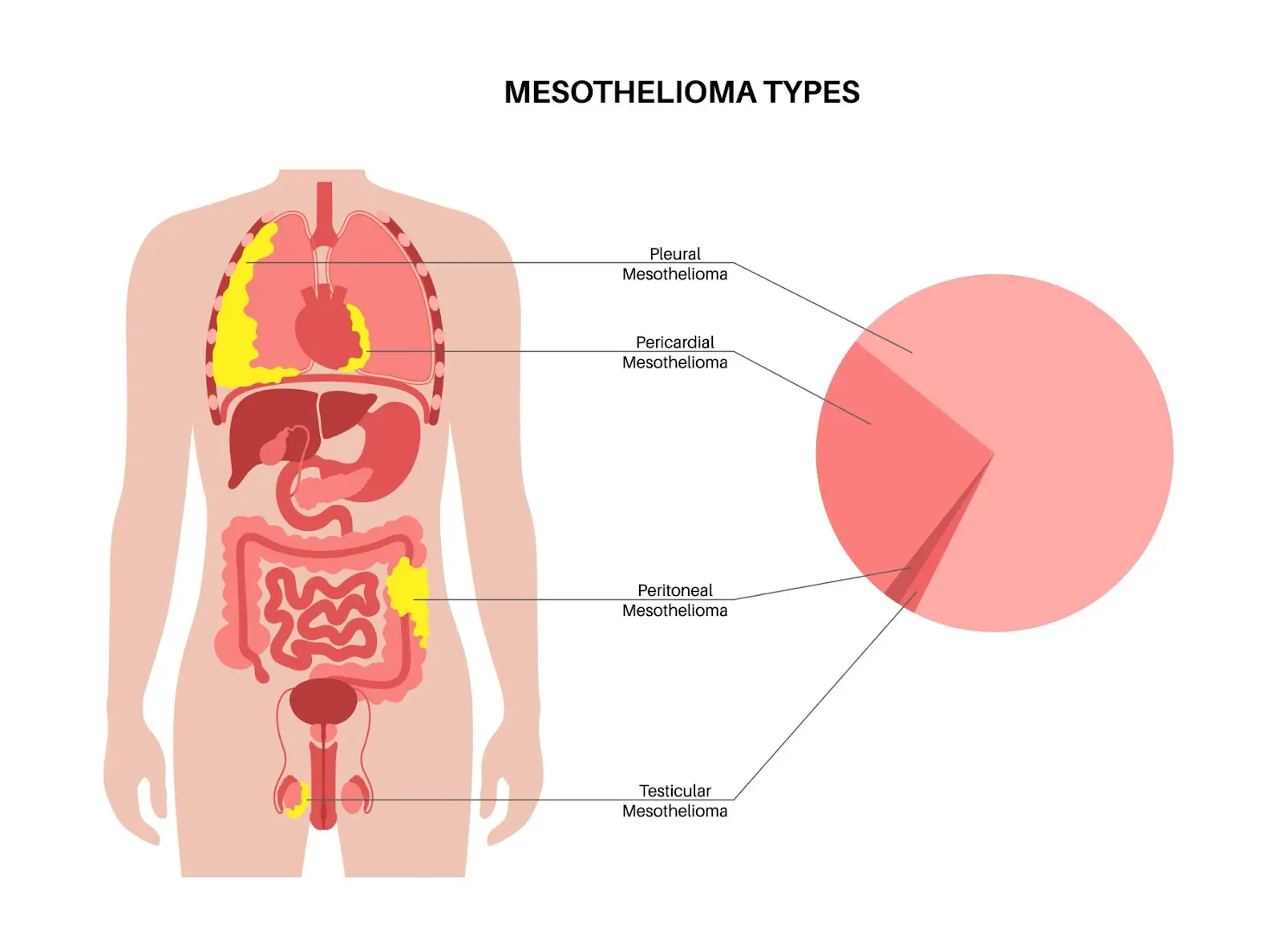Understanding Childhood Asthma: Symptoms, Causes, and Treatment Options
Childhood asthma is a chronic condition characterized by recurring symptoms such as wheezing, coughing, and shortness of breath. Common causes include allergens, respiratory infections, and environmental factors. Effective treatment options range from inhalers and medications to lifestyle changes, helping to manage and reduce the frequency of asthma attacks. Early diagnosis and ongoing care are essential for improving children's quality of life.
Understanding Childhood Asthma: Symptoms, Causes, and Treatment Options
Childhood asthma is a chronic inflammatory condition of the airways that affects millions of children worldwide. This condition can lead to significant health challenges, impacting the quality of life for both children and their families. Understanding the symptoms, causes, and treatment options for childhood asthma is crucial for effective management and improved outcomes.
Symptoms of Childhood Asthma
Recognizing the symptoms of asthma in children is the first step toward effective management. Asthma symptoms can vary in severity and may include:
- Wheezing: A whistling sound when breathing, especially during exhalation.
- Coughing: Persistent cough, particularly at night or early in the morning, can be a sign of asthma.
- Shortness of Breath: Difficulty breathing or feeling out of breath during physical activity or at rest.
- Chest Tightness: A feeling of pressure or tightness in the chest can accompany asthma attacks.
- Increased Mucus Production: Excessive mucus can lead to coughing and difficulty breathing.
These symptoms can be triggered by various factors, including allergens, respiratory infections, cold air, exercise, and emotional stress. It is important for parents and caregivers to monitor their child's symptoms and recognize when they require medical attention.
Causes of Childhood Asthma
The exact cause of asthma is not fully understood, but it is believed to result from a combination of genetic and environmental factors. Some of the common causes and risk factors associated with childhood asthma include:
Genetic Factors
Children with a family history of asthma or allergic conditions, such as hay fever or eczema, are at a higher risk of developing asthma. Genes play a significant role in the development of this chronic condition, influencing the immune system and airway responses.
Environmental Triggers
Exposure to environmental allergens and irritants can trigger asthma symptoms. Common triggers include:
- Pollen: Seasonal allergies caused by tree, grass, and weed pollen can exacerbate asthma symptoms.
- Dust Mites: These microscopic organisms thrive in bedding, carpets, and upholstery, and can trigger asthma in sensitive individuals.
- Mold: Mold spores in damp areas of the home can provoke allergic reactions and asthma attacks.
- Pet Dander: Proteins found in the skin flakes, saliva, and urine of furry pets can trigger asthma symptoms.
- Smoke: Exposure to tobacco smoke, whether firsthand or secondhand, is a significant risk factor for developing asthma.
- Air Pollution: Poor air quality, including ozone and particulate matter, can aggravate asthma symptoms.
Respiratory Infections
Viral respiratory infections, especially during early childhood, can increase the risk of developing asthma. Infections like respiratory syncytial virus (RSV) can lead to wheezing and difficulty breathing, which may be precursors to asthma.
Other Factors
Other potential contributors to the development of asthma in children include obesity, physical inactivity, and exposure to certain occupational or environmental hazards. Additionally, early exposure to certain foods and allergens may influence the development of asthma, although research in this area is ongoing.
Diagnosis of Childhood Asthma
Diagnosing asthma in children involves a comprehensive assessment by a healthcare provider, which may include:
Medical History
The doctor will gather information about the child's symptoms, family history, and any potential triggers. This information is crucial for understanding the frequency and severity of symptoms.
Physical Examination
A thorough physical examination will help the healthcare provider assess the child's respiratory system and identify any signs of asthma, such as wheezing or difficulty breathing.
Diagnostic Tests
Several tests may be performed to confirm a diagnosis of asthma, including:
- Pulmonary Function Tests: These tests measure how well the lungs are functioning by assessing airflow and lung capacity.
- Peak Expiratory Flow Measurement: A handheld device measures how fast air can be expelled from the lungs.
- Allergy Testing: Identifying specific allergens that may trigger asthma can guide treatment and management strategies.
Treatment Options for Childhood Asthma
Effective management of childhood asthma involves a combination of medication, lifestyle modifications, and education. The goal is to control symptoms, minimize exacerbations, and maintain a good quality of life.
Medications
There are two primary types of medications used to manage asthma: quick-relief (rescue) medications and long-term control medications.
Quick-Relief Medications
These medications are used to provide immediate relief during an asthma attack or when symptoms worsen. Common quick-relief medications include:
- Short-Acting Beta Agonists (SABAs): These bronchodilators, such as albuterol, relax the muscles around the airways, making it easier to breathe.
- Anticholinergics: Medications like ipratropium can also help open the airways and are sometimes used in combination with SABAs.
Long-Term Control Medications
These medications are taken daily to manage asthma over the long term and prevent symptoms. Common long-term control medications include:
- Inhaled Corticosteroids: These anti-inflammatory medications, such as fluticasone and budesonide, reduce airway inflammation and prevent asthma symptoms.
- Long-Acting Beta Agonists (LABAs): These medications are often combined with inhaled corticosteroids to provide extended relief.
- Leukotriene Modifiers: Medications like montelukast help reduce inflammation and mucus production.
Allergy Management
If allergies are a contributing factor to a child's asthma, managing those allergies can significantly improve asthma control. This may involve:
- Avoiding known allergens and triggers.
- Using allergy medications, such as antihistamines or nasal corticosteroids.
- Considering allergy shots (immunotherapy) for long-term relief.
Lifestyle Modifications
In addition to medication, lifestyle modifications can play a crucial role in managing childhood asthma:
- Creating an Asthma Action Plan: Collaborating with healthcare providers to develop a personalized action plan can help parents and children recognize symptoms and know what steps to take during an asthma attack.
- Avoiding Triggers: Identifying and minimizing exposure to allergens and irritants is essential for effective asthma management.
- Maintaining a Healthy Weight: Obesity can worsen asthma symptoms, so promoting a balanced diet and regular physical activity is important.
- Staying Active: Regular exercise can improve lung function and overall health but should be approached cautiously, especially during times of poor air quality or when the child is experiencing symptoms.
Education and Support
Education is a vital component of asthma management. Parents, caregivers, and children should be well-informed about the condition, its triggers, and how to use medications effectively. Schools and caregivers should also be aware of the child's asthma action plan to ensure proper care in case of an emergency.
Support groups and asthma education programs can provide valuable resources for families dealing with childhood asthma. These programs can help parents connect with others facing similar challenges and provide access to information about managing asthma effectively.
Conclusion
Childhood asthma is a complex condition that requires a comprehensive approach for effective management. Understanding the symptoms, causes, and treatment options is essential for parents, caregivers, and healthcare providers. With proper education, medication, and lifestyle modifications, children with asthma can lead healthy, active lives. Early intervention and consistent management are key to minimizing the impact of asthma and ensuring a better quality of life for affected children and their families.
Explore

Hairline Treatment Options: What Works in 2025

Mesothelioma Treatment Options: What Patients Need to Know
Revolutionizing Care: Breakthroughs in Parkinson's Disease Treatment

Understanding Data Protection in 2025

Event Planning Software for Small Teams: Affordable and Effective Options

Find the Best Assisted Living Options Near You

Top Dental Insurance Options for Complete Coverage

Modern Distance Learning Options for 2025
